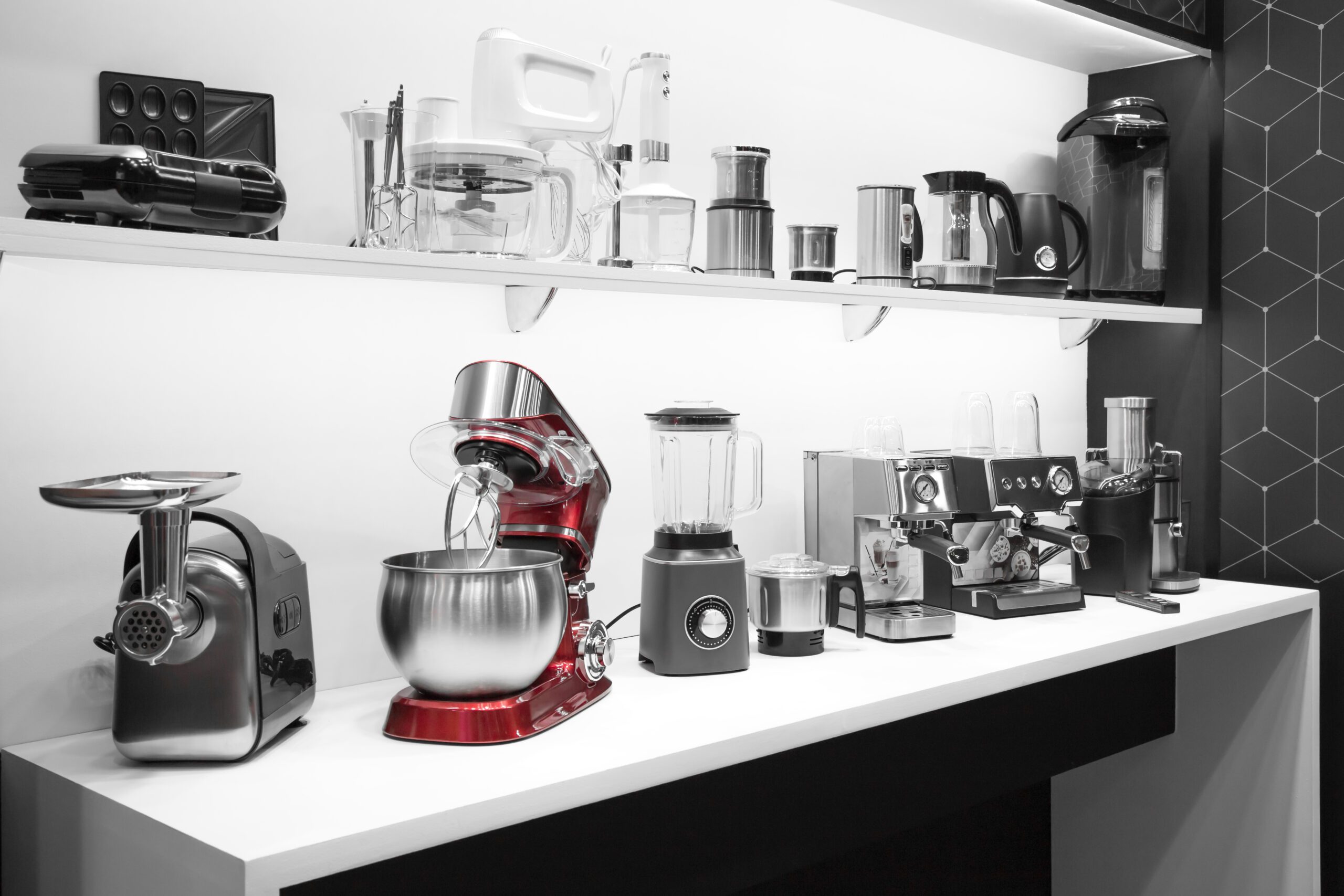Injection molding stands as a cornerstone in the realm of appliance manufacturing, offering unparalleled precision, efficiency, and scalability. However, as the industry propels towards ever-heightening standards of innovation and sustainability, traditional methods face the challenge of adaptation. Enter insert molding: a disruptive innovation poised to redefine the landscape of appliance injection molding.
In this blog, we explore the future trends driving appliance injection molding, focusing on the game-changing potential of insert molding. From advanced techniques to design flexibility and sustainability, join us as we uncover how it is reshaping the future of appliance manufacturing.
Future Trends in Appliance Injection Molding
Advanced Techniques and Technologies
Innovation is the driving force behind the evolution of appliance manufacturing techniques and technologies. It stands at the forefront of this innovation, offering a plethora of advanced techniques and technologies that are reshaping the industry’s landscape. From precision molding to multi-material integration, manufacturers are exploring cutting-edge techniques to push the boundaries of what’s possible.
Additionally, the integration of Industry 4.0 technologies is revolutionizing insert molding processes. IoT sensors, data analytics, and automation systems enable real-time monitoring and optimization, while predictive maintenance algorithms minimize downtime. Furthermore, automation and robotics are transforming the future of appliance injection molding. Robotic arms equipped with advanced end-effectors handle tasks such as part insertion and quality inspection with speed and precision, while collaborative robots work alongside human operators to enhance productivity and safety.
Design Innovation and Flexibility
In the competitive world of appliance manufacturing, design innovation and flexibility are key drivers of success. It empowers manufacturers to push the boundaries of design, offering unmatched flexibility and versatility in product development.
Advancements in Appliance Design Enabled by Insert Molding
This facilitates the seamless integration of metal or plastic inserts into molded parts, enabling complex geometries and enhanced functionality. This process streamlines designs, reduces assembly requirements, and enhances aesthetics.
Exploration of Complex Geometries and Material Combinations
The versatility of it allows for the exploration of intricate geometries and material combinations. Manufacturers can incorporate multiple materials into a single component, optimizing properties such as strength and conductivity. Functional features, like threaded inserts, can be integrated directly into the part, eliminating the need for secondary operations.
Implications for Aesthetics, Functionality, and User Experience
This not only improves technical aspects but also enhances product aesthetics, functionality, and user experience. Streamlined designs and reduced assembly steps create sleeker, more ergonomic products. Seamless integration of inserts improves durability and reliability, ensuring superior performance for end-users
Cost Efficiency and Sustainability
It not only drives design innovation but also offers significant cost-saving opportunities and environmental benefits
Cost-saving Opportunities
This reduces production costs by simplifying assembly processes and minimizing labour expenses. Automated equipment further enhances efficiency, optimizing production lines.
Environmental Benefits
By minimizing material waste and energy consumption, it contributes to environmental sustainability. Manufacturers can also integrate recycled or bio-based materials into components, reducing environmental impact.
Sustainable Practices
This enables the use of eco-friendly materials and practices, aligning with the growing demand for sustainability in manufacturing. Integration of lightweight and energy-efficient components further enhances environmental sustainability.
Enhanced Product Performance and Durability
It significantly boosts the reliability and durability of appliance components, ensuring they withstand the test of time.
Improved Reliability and Durability
It secures inserts within parts, preventing detachment and enhancing durability. It reduces stress points, minimizing wear and tear for long-term reliability.
Real-world Case Studies
Numerous case studies highlight how it enhances appliance components. From reinforced integrity to better conductivity, which consistently improves performance in various applications.
Future Advances in Materials
Ongoing research aims to develop materials with enhanced properties, such as strength and heat resistance. These advancements will further extend product lifespan and durability.
In the next section, we’ll explore optimizing supply chains and fostering collaborative partnerships in appliance manufacturing.
Supply Chain Optimization and Collaboration
It enhances product quality and optimizes supply chains by streamlining manufacturing processes. This reduces component counts, lead times, and reliance on multiple suppliers, resulting in cost savings and improved efficiency. Collaborative partnerships between manufacturers, suppliers, and technology providers drive innovation and address industry challenges. Additionally, it enables the reshoring and localization of manufacturing operations, supporting local economies and aligning with sustainability goals.
Future of Appliance Manufacturing: The Power of Insert Molding
It revolutionizes appliance manufacturing, offering advanced design, efficiency, and collaboration opportunities. As we look ahead, embracing this technology and fostering partnerships will drive innovation and sustainability. Staying informed about emerging trends is key to unlocking its full potential and shaping the future of appliance manufacturing.



